Thermal and Solar Changing Polishes: New Nail Art Techniques
In beauty and aesthetics, new nail studio designs, methods, and breakthroughs captivate fashionistas everywhere. Recent innovations like heat and solar nail paints are fascinating. These products have transformed manicures into interactive art.
Leuco dyes make thermochromic nail paints. Your nails indicate your body’s daily changes because these pigments change color with temperature. Leuco dyes are microencapsulated with a developer and solvent to undergo this remarkable metamorphosis. The developer and dye interact at lower temperatures to produce a distinct hue. As temperature rises, the solvent reacts, inhibiting dye-developer interaction and changing the polish color. This transition is a party trick and conversation starter, giving a whimsical touch to personal style.
However, photochromic or solar-changing polishes change appearance in sunlight. These polishes contain colorless pigments until UV light activates them. Clear or pale polish turns bright when exposed to UV light or outdoors. UV-sensitive substances alter chemically when exposed to UV light. The pigment absorbs light differently and reflects a new color due to this chemical structural change.
These polishes are applied like regular nail paints but with a few tweaks to maximize their dramatic effect. A base coat, two coats of thermochromic polish, and a top coat seal the color-changing magic of thermal polishes. For seamless color transitions, apply these polishes evenly to avoid patchiness.
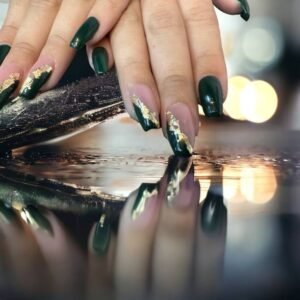
Solar-changing polishes work well over white or light base coats. This base coat brightens UV-reactive hues, making the transition more noticeable. A top coat protects the color and adds a glossy sheen that highlights the dramatic change in sunlight.
Personal expression and originality are possible with both polishes. Nail artists and fans love them for special occasions or to represent their mood or weather. Temperature and light-responsive polishes create a dynamic nail art experience that static polishes cannot equal.
But it’s not just aesthetics. The non-toxic formulas of these polishes have also improved. Color-changing polishes contain dangerous chemicals like formaldehyde, toluene, and dibutyl phthalate. Many manufacturers claim “5-free” or “7-free” formulations, avoiding these and other harmful ingredients.
Thermal and solar altering polishes have practical uses beyond fashion. Thermal polishes can warn people of fevers. Solar polishes are a delightful reminder to wear sunscreen since the color change signifies UV rays that could damage the skin.
Although popular, these inventive nail paints have drawbacks. As reactive substances decay, the color change usually fades within several weeks. Color shift intensity can also vary with external temperature or light intensity, making it less predictable in diverse circumstances.
Thermal and solar polishes also need proper application and care to look their best. They may not be perfect for low-maintenance nail care because the top coats must be muscular and reapplied to maintain the interactive effect.
Advances in this technology seem limitless. Researchers are investigating more sensitive materials, such as polishes, that change color due to environmental contaminants or emotional states. This could lead to more beautiful, functional wearable technologies.
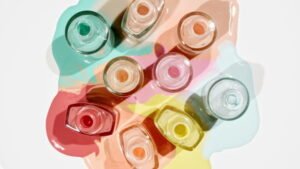
In conclusion, thermal and solar shifting polishes are more than just a trend—they advance science and aesthetics. Every nail-painted tip becomes a live canvas interacting with the wearer and environment, challenging nail art conventions. As these technologies improve, they will continue captivating fashion-forward people seeking a new and exciting way to express themselves.
Impressing Nail Art: 3D Designs in Modern Manicures
In nail design, creativity is limitless. From basic manicures to 3D nail art, the nail studio has evolved. This unique nail art design features detailed, tactile patterns that stand out. As nail artists push the limits, materials and procedures have increased, conceiving practically any visual vision.
Material selection is the foundation of 3D nail art. Acrylics, gels, and decorations matter. Flowers, ribbons, and other nail art are often made with acrylics, which are durable and easy to sculpt. The acrylic compound hardens when polymer powder and liquid monomer are mixed. Before it hardens, artists layer and sculpt acrylic on the nail with a monomer-soaked brush.
Gel nails seem more realistic and feel lighter than acrylics. Unlike acrylics, UV or LED light cures gel, which may be adjusted until set. This characteristic helps 3D artists perfect their designs. Intricate designs that require numerous colors can also be done with colored gels.
Silicone molds have also revolutionized 3D nail art. These molds allow the mass production of elaborate, uniform designs that would take time to handcraft. Nail stylists fill the mold with acrylic or gel, cure it, and attach the firm shape to the nail, saving time for intricate designs.
In addition to standard materials, beads, rhinestones, pearls, and small textiles provide texture and color to 3D designs. These materials are chosen for their aesthetics and adhesion to base nail paint or gel. Precision is needed to secure them with transparent gel or strong adhesive despite regular wear and tear.
These materials have as many application methods as they do. Encapsulating lace, dried flowers, or foil in acrylic or gel creates a multi-dimensional effect. Use high-pigment painting gels to create complex details to 3D elements, then apply matte or glossy top coats to enhance the visual impact.
3D nail art involves knowledge of color theory, sculpture, and spatial awareness. The artist must consider the nail curvature, hand movement, and angle of view. This comprehensive approach makes the end product remarkable and matches the wearer’s natural characteristics and style.
Also, 3D nail art requires different care than regular manicures. The larger dimensions increase surface area and snag points. Art needs regular fills, cleaning, and repairs to stay fresh. 3D nail art enthusiasts enjoy displaying their unique and individualized works; therefore, this maintenance is worth it.
Nail artists’ tools and techniques evolve with 3D nail art. New nail art techniques include digital and 3D printing. Due to their precision and complexity, these technologies enable customization and intricacy that hand-sculpting cannot.
Future 3D nail art improvements are limitless. To attract eco-conscious consumers, biodegradable and eco-friendly materials are appearing. Future reactive materials that alter color or texture in reaction to environmental cues could make nail art more dynamic.
3D nail art allows artists to express their creativity and clients to enjoy unique personal ornamentation in the modern nail studio. This art form will continue to captivate and inspire, showing that even little canvases can hold masterpieces.


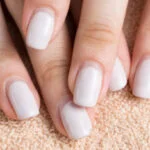

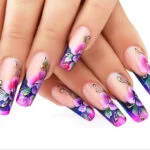

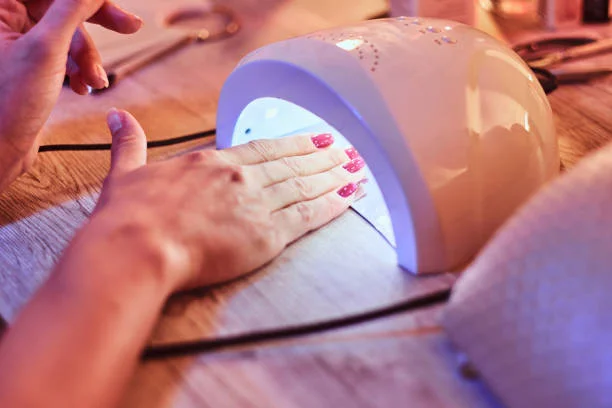
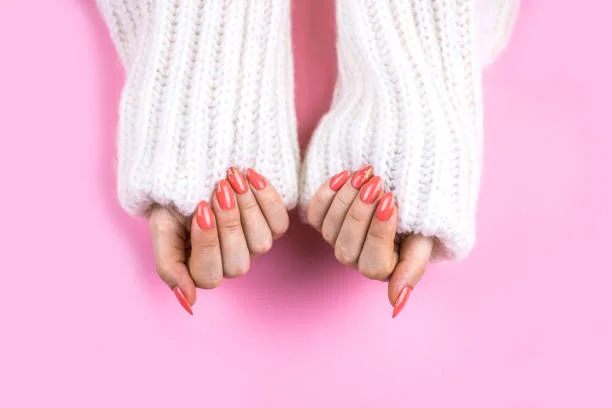
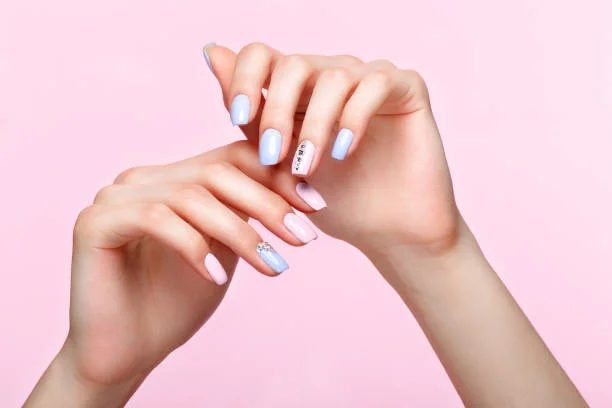
Leave a Reply